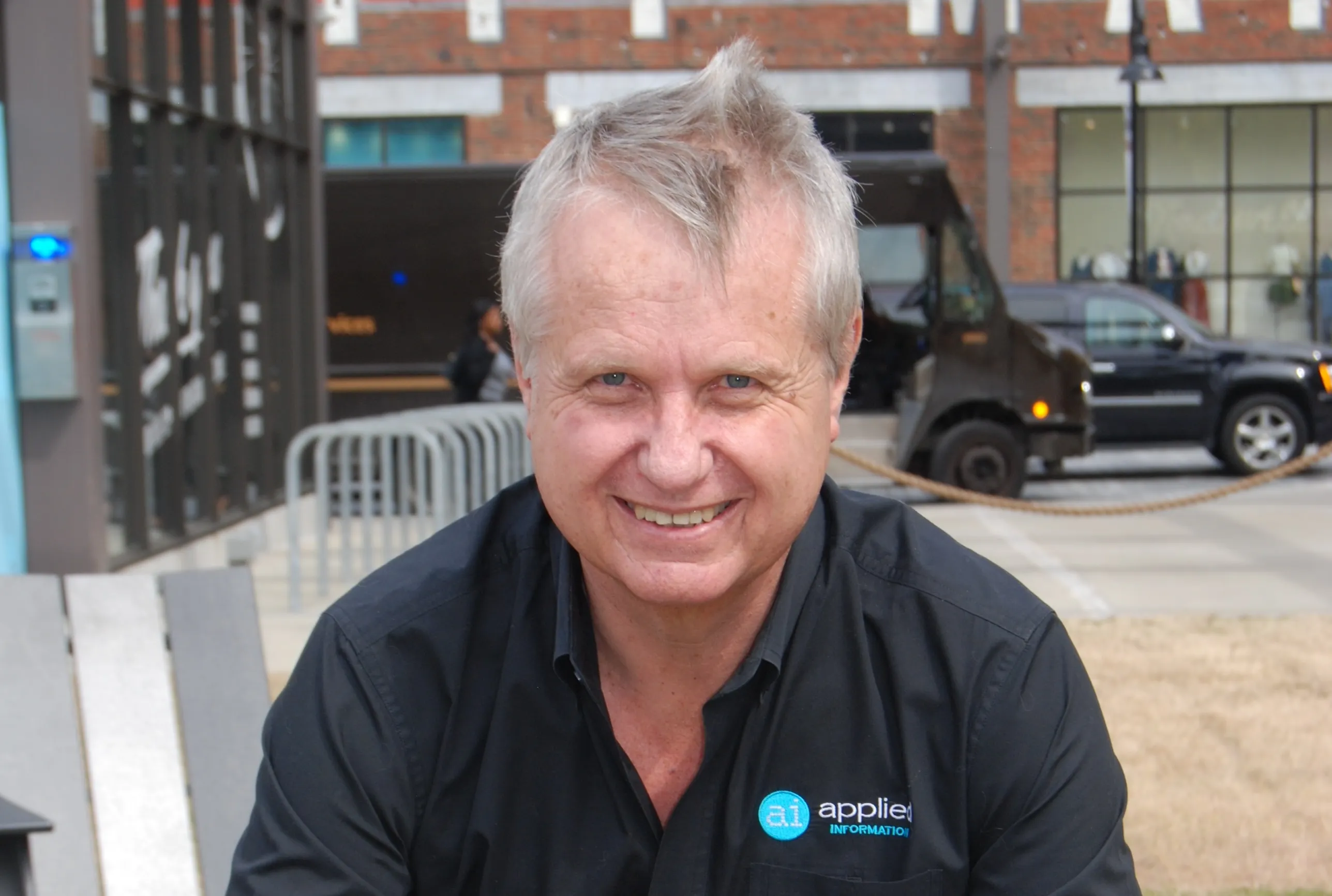Two states in the US, Florida and New York are working to reduce the risk of accidents caused by wrong-way drivers.
In Florida, a six-month study conducted by Dr Haitham Al-Deek of the University of Central Florida found that only 10 per cent of drivers who witness a wrong-way driver called the police. The study does show that the number of ticketed wrong-way drivers has increased since 2005 and so have the calls to 911 reporting those drivers.
"I do believe they happen more than
February 25, 2014
Read time: 2 mins
Two states in the US, Florida and New York are working to reduce the risk of accidents caused by wrong-way drivers.
In Florida, a six-month study conducted by Dr Haitham Al-Deek of the University of Central Florida found that only 10 per cent of drivers who witness a wrong-way driver called the police. The study does show that the number of ticketed wrong-way drivers has increased since 2005 and so have the calls to 911 reporting those drivers.
"I do believe they happen more than people think and the only way to know is to put devices to detect them," said Al-Deek.
Orlando-Orange County Expressway Authority now plans to better track drivers going the wrong way by placing sensors at ramps where cars are supposed to exit and not enter.
Meanwhile, in New York State, the Thruway Authority has installed two electronic signs on the exit 10 ramp at South Nyack to alert drivers that they are going the wrong way.
The move follows a fatal wrong-way crash last July on the Tappan Zee Bridge in which an SUV driver entered the northbound freeway and hit a car head-on.
The signs, which are linked to Doppler radar, are intended to alert wrong-way drivers long before they reach Interstate 87. Once a vehicle is detected, a flashing LED message alerts drivers to pull over and turn around when it’s safe to do so. The signs, located on each side of the road, display three messages in sequence: Stop; Wrong Way; Pull Over.
In Florida, a six-month study conducted by Dr Haitham Al-Deek of the University of Central Florida found that only 10 per cent of drivers who witness a wrong-way driver called the police. The study does show that the number of ticketed wrong-way drivers has increased since 2005 and so have the calls to 911 reporting those drivers.
"I do believe they happen more than people think and the only way to know is to put devices to detect them," said Al-Deek.
Orlando-Orange County Expressway Authority now plans to better track drivers going the wrong way by placing sensors at ramps where cars are supposed to exit and not enter.
Meanwhile, in New York State, the Thruway Authority has installed two electronic signs on the exit 10 ramp at South Nyack to alert drivers that they are going the wrong way.
The move follows a fatal wrong-way crash last July on the Tappan Zee Bridge in which an SUV driver entered the northbound freeway and hit a car head-on.
The signs, which are linked to Doppler radar, are intended to alert wrong-way drivers long before they reach Interstate 87. Once a vehicle is detected, a flashing LED message alerts drivers to pull over and turn around when it’s safe to do so. The signs, located on each side of the road, display three messages in sequence: Stop; Wrong Way; Pull Over.










